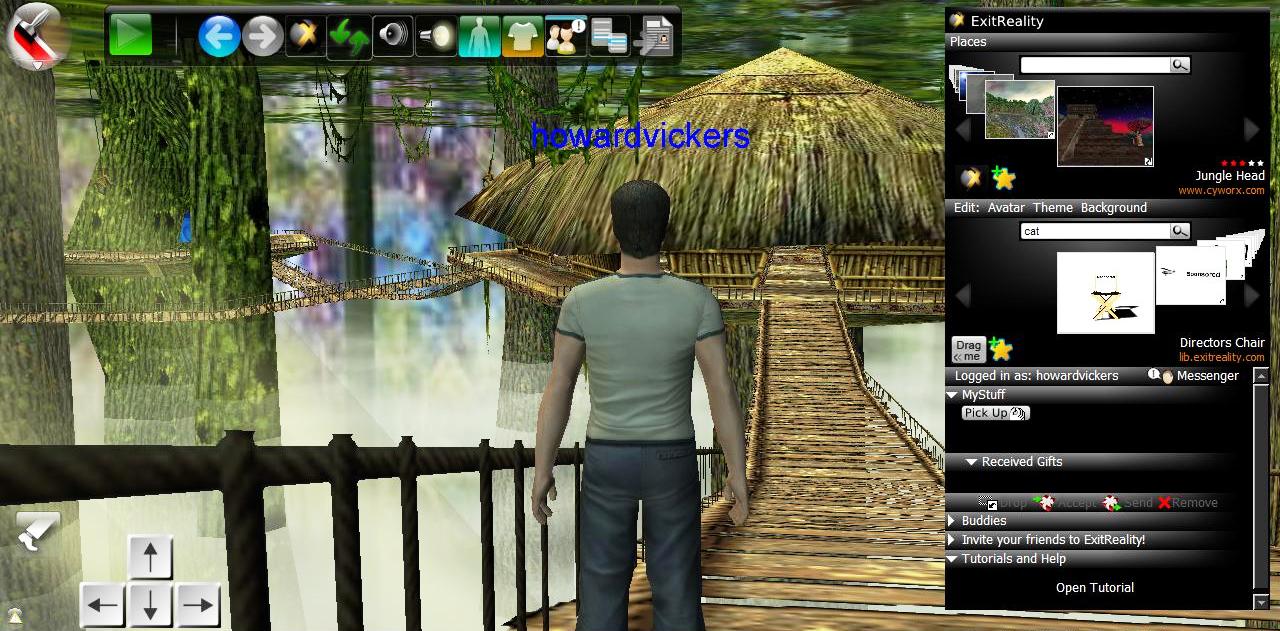

#TORQUE 3D VIRTUAL WORLD DRIVERS#
Some square drivers have a through hole to attach the socket to the driver (using a retaining ring with o-ring and pin type, or single piece molded retaining rings), a locking pin, or friction ball. This wide range of square drive sizes provides for a wide variety of socket types and sizes to suit small to very large nuts and bolts. Standard sizes of square drives around the world include 1/4", 3/8", 1/2", 3/4", 1", 1-1/2", 2-1/2" and 3-1/2" square drive sizes (a de facto international standard with no metric equivalents) along with some lesser used drivers such as 5/8" square drive, and both #4 and #5 spline drives specified in ANSI B107 specifications. Sockets are driven by being attached to the driving tool via a male/female square connection fitting (called the square drive).


Socket wrenches are most commonly hexagonal, or more commonly referred to as "6-point" in lay terms. Some lesser known hybrid drivers include striking wrench tools with square drive, and hydraulic impact wrenches (typically powered by on site hydraulic power such as present with military tanks, and many rail car applications). Other common methods of driving socket wrenches include pneumatic impact wrenches, hydraulic torque wrenches, torque multipliers and breaker bars. A switch is built into the ratchet head that allows the user to apply the ratcheting action in either direction, as needed, to tighten or loosen a fastener.

This ratcheting action allows the fastener to be rapidly tightened or loosened in small increments without disconnecting the tool from the fastener. Turned the other direction, the ratchet does not turn the socket but allows the ratchet handle to be re-positioned for another turn while staying attached to the bolt or nut. Pulled or pushed in one direction, the ratchet loosens or tightens the bolt or nut attached to the socket. This in turn fits onto a type of bolt or nut. A ratcheting socket wrench is the device within a hand tool in which a metal handle is attached to a ratcheting mechanism, which attaches to a socket. The most prevalent form is the ratcheting socket wrench, often informally called a ratchet. During a conversation about the company's fourth-quarter earnings in November 2021, CEO Bob Chapek said the company was preparing to combine physical and digital assets in the metaverse.A socket wrench is a type of wrench or spanner that has a socket attached at one end, usually used to turn a fastener. This isn't the first time Disney has shown interest in the metaverse. But this patented new technology would have a significantly different scale as it would track individual theme park visitors to personalise the projections they see on nearby objects and walls. These employ projection mapping to bring its cast of characters to life on storefronts, waterfalls, and other real-world structures. If you've visited a Disney theme park recently, you'd know Disney already employs AR technology for large-scale entertainment. It is widely believed that the metaverse is a combination of both physical and digital worlds where people can interact virtually but Disney's patent aims to immerse visitors without the need of Virtual Reality (VR) headsets. The technology, named “Real-World-Virtual-World Simulator” in the patent, is capable of generating and designing special 3D effects on physical spaces, walls, and nearby objects in Disney's theme parks. As per a patent that was approved on December 28, 2021, the multinational entertainment and media conglomerate was granted a patent for technology that enables headphone-free augmented reality (AR) attractions, which work by tracking visitors via their smartphones. Disney may be adopting baby steps towards its entry into the metaverse as it has been granted a patent for creating personalised interactive entertainment for theme park visitors.


 0 kommentar(er)
0 kommentar(er)
